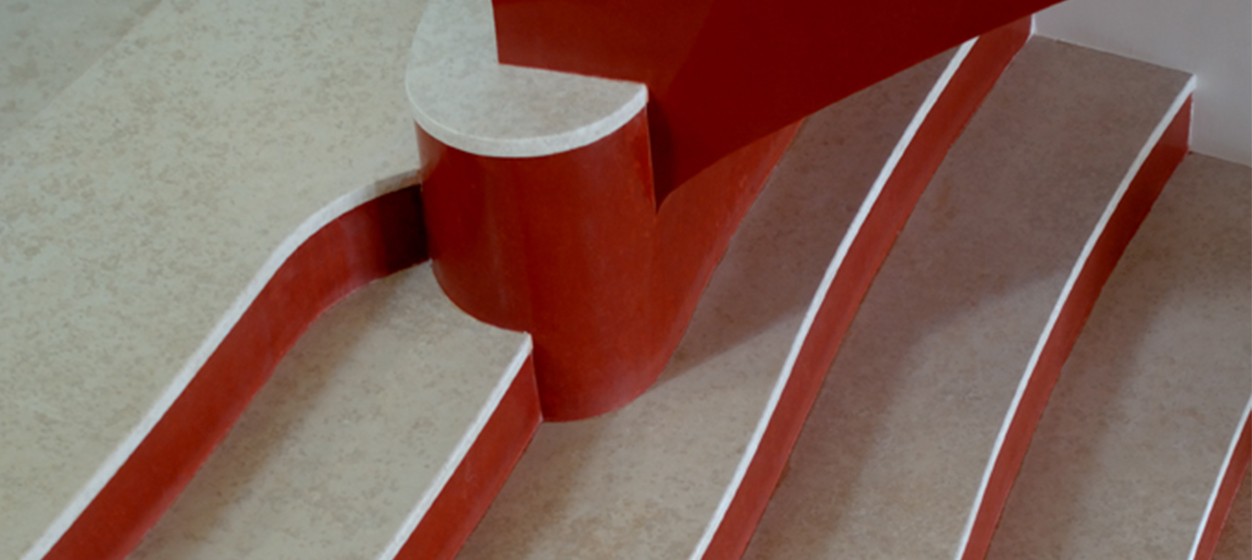Green
This highly symbolic color has been interpreted in many different ways over the centuries, depending on the time and the civilization. The history of green, as that of other colors, is deeply linked to society. It recalls not only the changes in taste and fashion, superstitions and associations with different values but also manufacturing and production constraints that dyers, painters and chemists met over time.
Green is a color that a lot of us believe in (it is known for its soothing properties) and has become one of our favorites.
Green at Liaigre is part of a category of colors that claim to be natural or at least to have a link with nature.
The color is associated with refined materials and is available in many shades, making it easy to fit in a home environment in town or elsewhere.
This highly symbolic color has been interpreted in many different ways over the centuries, depending on the time and the civilization. The history of green, as that of other colors, is deeply linked to society. It recalls not only the changes in taste and fashion, superstitions and associations with different values but also manufacturing and production constraints that dyers, painters and chemists met over time.
Green is a color that a lot of us believe in (it is known for its soothing properties) and has become one of our favorites.
Green at Liaigre is part of a category of colors that claim to be natural or at least to have a link with nature.
The color is associated with refined materials and is available in many shades, making it easy to fit in a home environment in town or elsewhere.
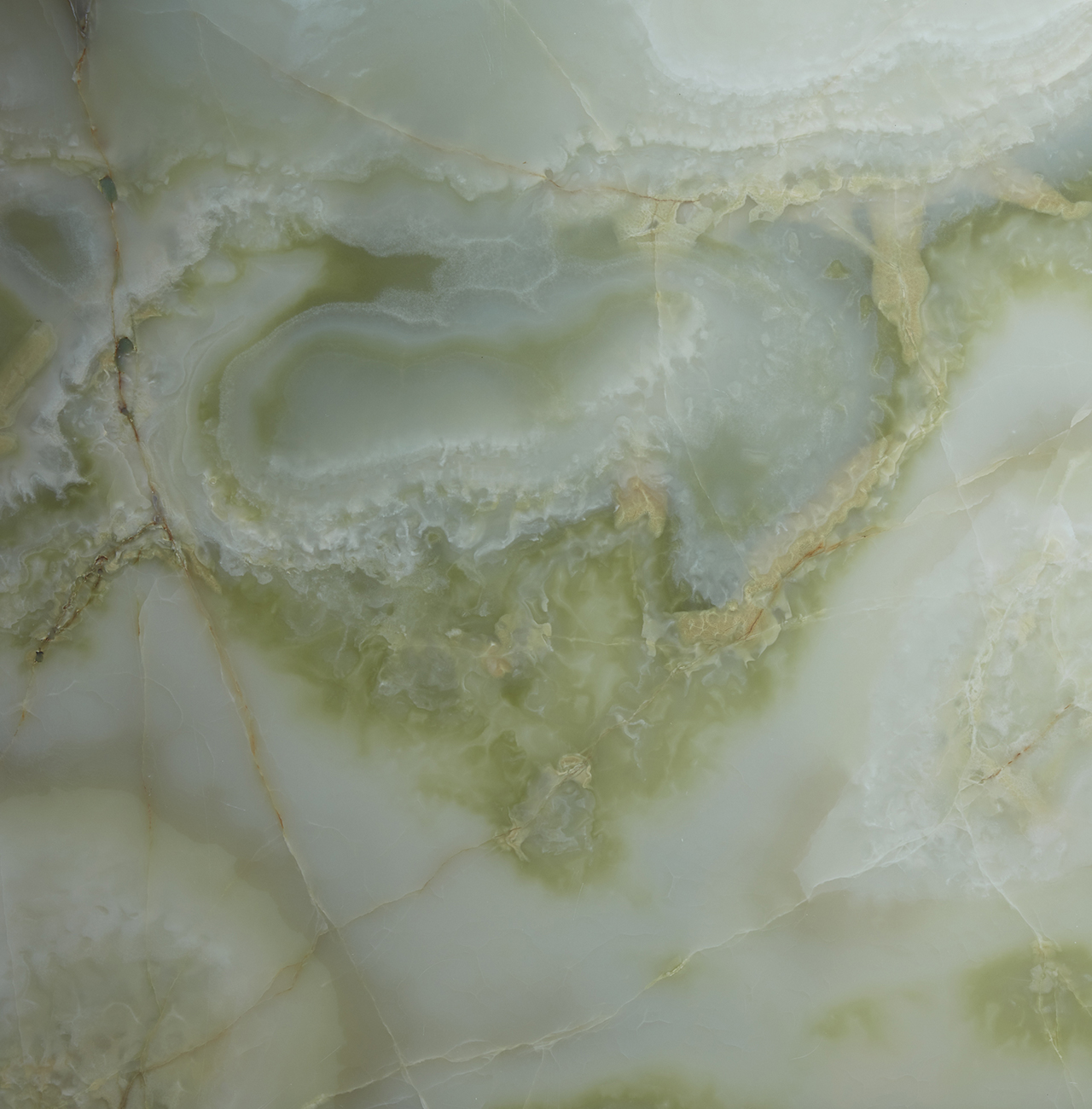
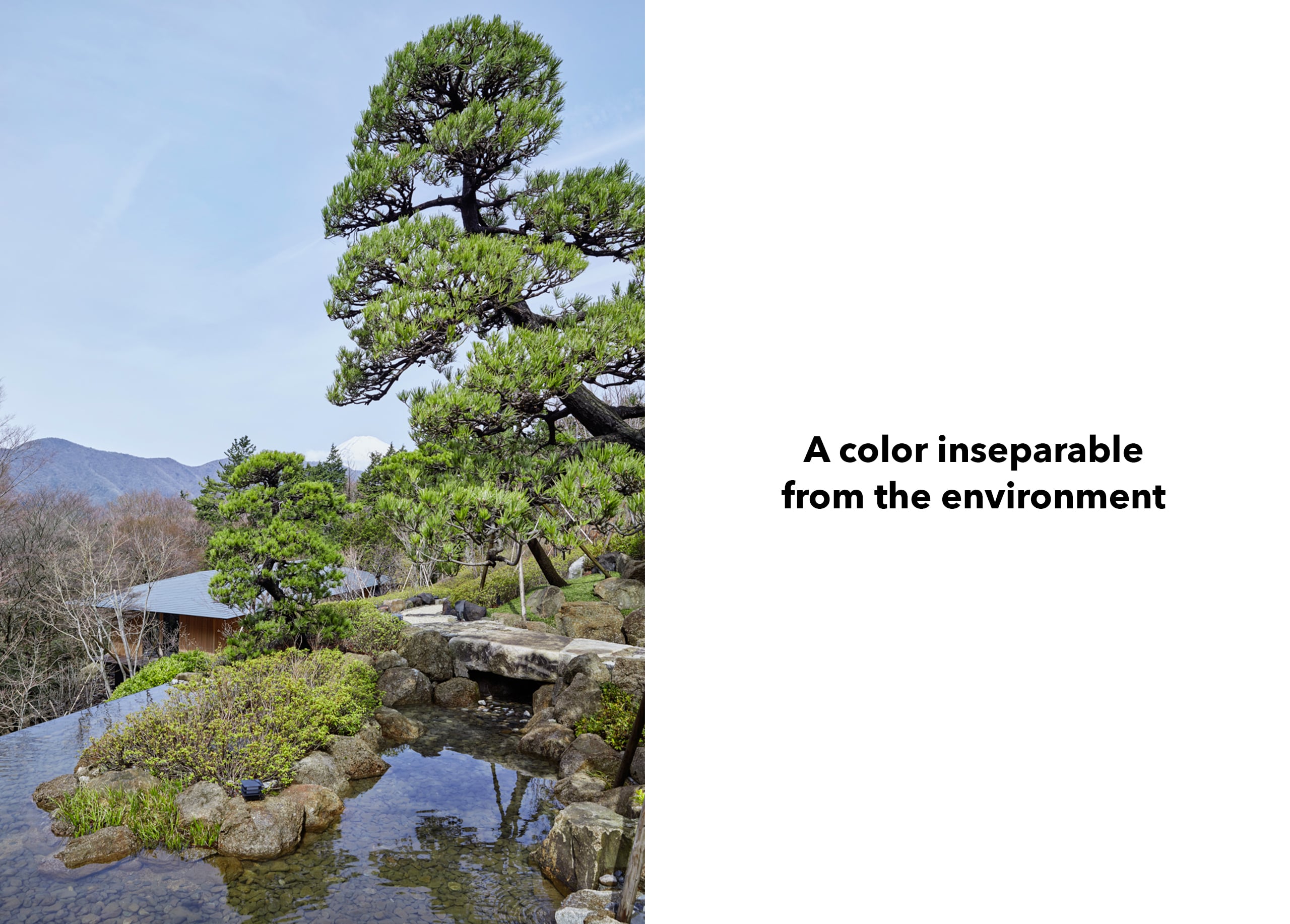
If the attraction to green and what we associate with it vary according to the times, green is synonym with nature in most civilizations. The link is obvious, as green is omnipresent in our environment. Green or more rightly, a multitude of greens, are those of open spaces and forests that cover a part of our planet. Green is an oasis in the middle of a desert, an image of abundance, luxuriance, harmony: that of an Eden. As a color associated with Spring and resilient nature, green was quickly considered a synonym of youth, vitality and growth.
In Chinese culture, every color is linked with an element and green is associated with wood. You have to add aquatic green to vegetable green. Stagnant waters, a mysterious environment that gives green an ambivalent image (it is the color of enchanted creatures: fairies, elves, wizards and witches. It is a more disturbing green, a color associated with poison and evil spells. The Western Middle Ages associated green with the devil. It is also a color that symbolizes destiny, luck and misfortune, which undoubtedly explains its presence on game areas, at the casino and on ping pong and billiard tables.
But the possible fear of green seems to be more commonly linked to its pigmentary instability, as for centuries dyers and chemists failed to fix shades of green on most supports. It wasn’t until the 19th Century that the problem was solved, with a consequently almost immediate comeback of green, with all due respect to the superstitious.
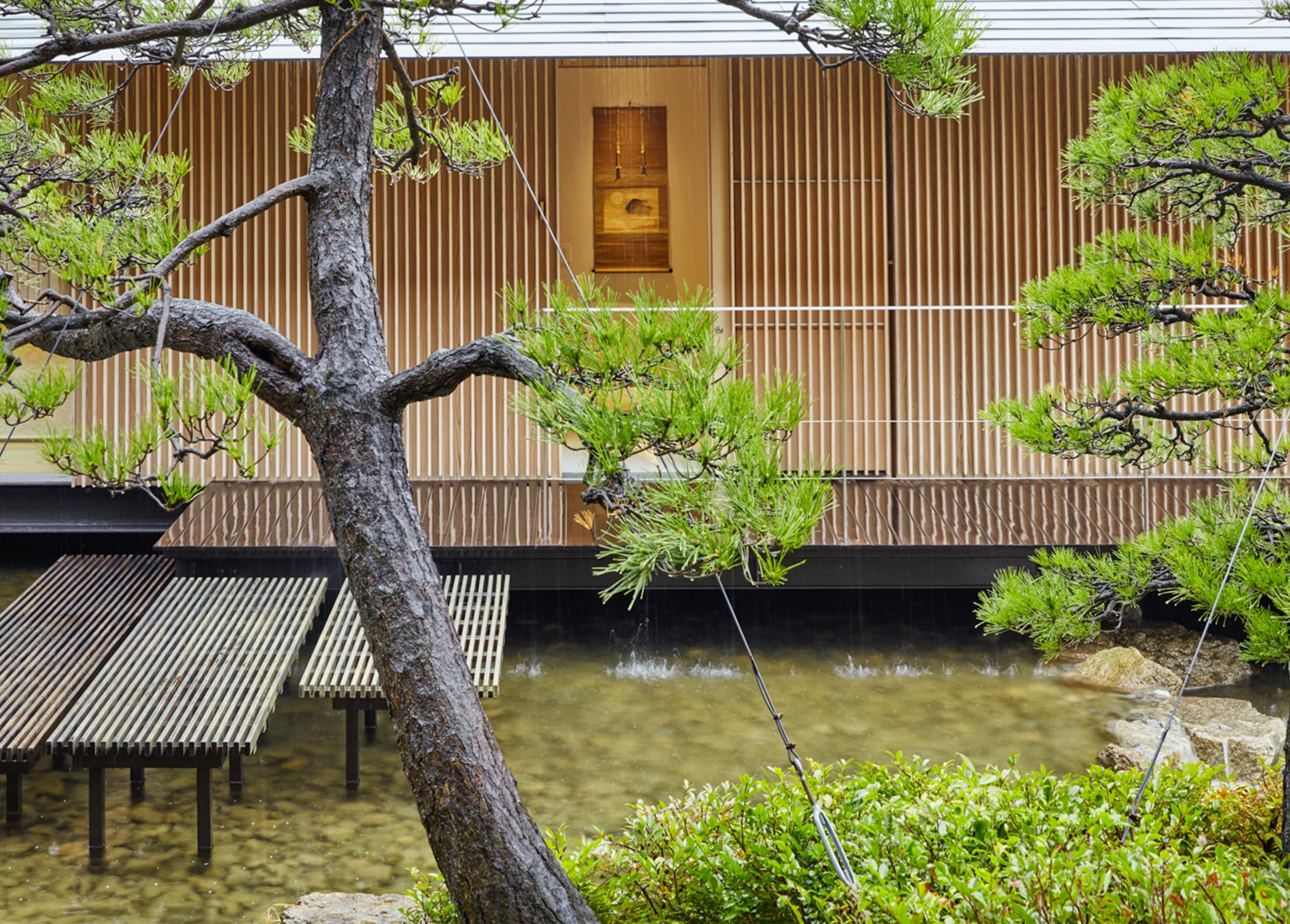
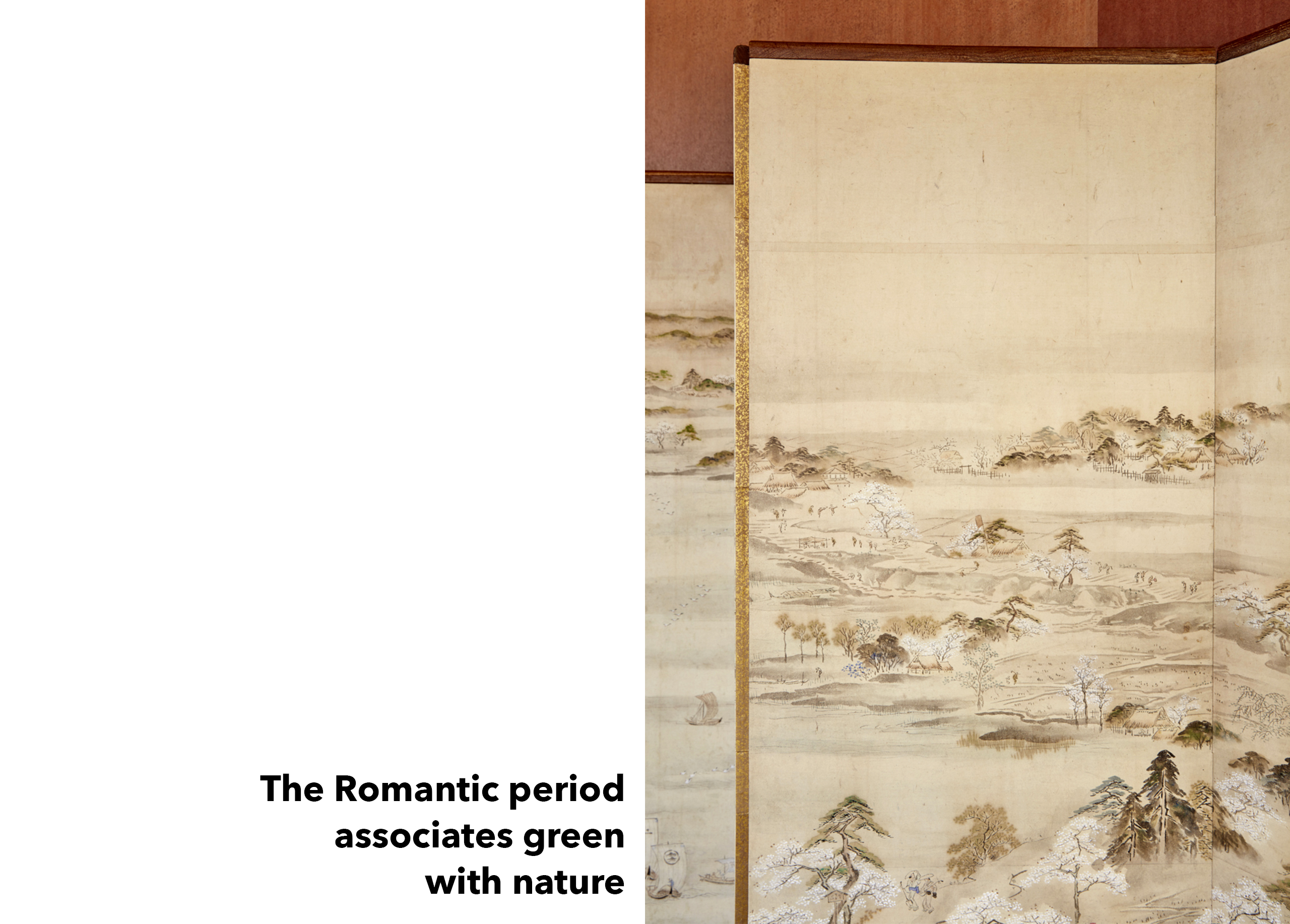
The first half of the 19th century in Europe sees the birth of the romantic movement. Its forerunners at the end of the 18th Century (Rousseau and Goethe in particular) glorify a return to nature. They praise the virtues of landscape and walks out in the open that are sometimes the subject of collections: the image of an herbarium initiated by Jean-Jacques Rousseau which was both an encyclopedic curiosity and a contemplative enchantment. The true turning point however can be set at the time of the industrial revolution. This new era was simultaneously marked by technical progress and a profound alteration in the environment in all areas where mines and factories were built. The first great rural exodus aroused nostalgia for an unspoiled countryside, a nostalgia that was expressed in painting. Rosa Bonheur and Jean-François Millet depicted work in the fields, while Gustave Courbet painted repeatedly the wild undergrowth of his native Franche-Comté.
The invention of paint in tubes took artists outdoors: it was at last possible to paint “from nature” and most contemporary painters of the second half of the 19th century left their studios to go out and depict nature. At the same time, inhabitants of the big cities yearned to get out as soon as they could, even if it meant traveling only a few kilometers to find a more bucolic environment.
Green gradually became synonymous with health and hygiene, especially as most traditional medicine was based on the use of plants… A place was thus given to green that cared for the body and the soul.
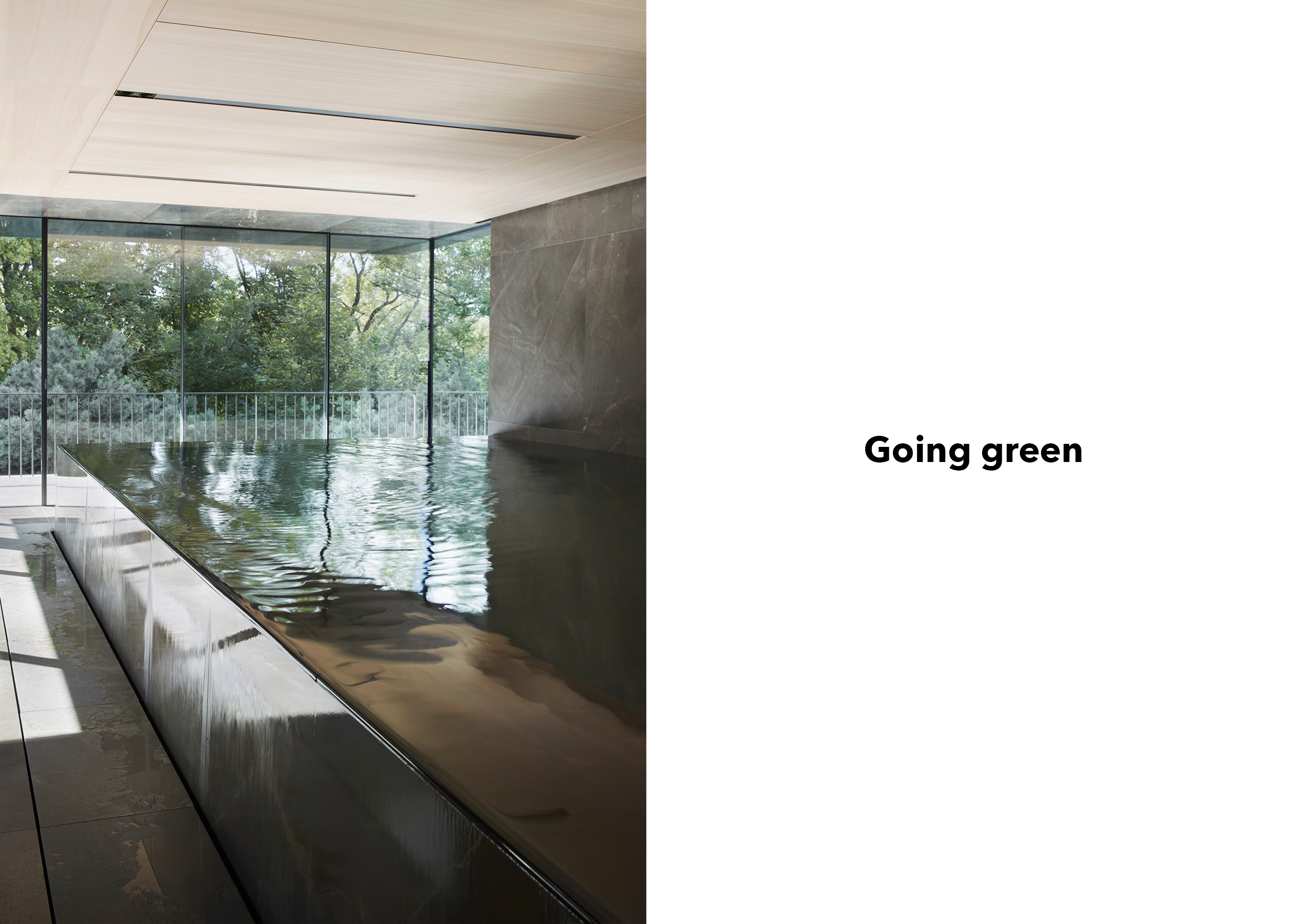
According to the historian Michel Pastoureau “Opinion polls regularly reveal that over the last century, most people in Western Europe vote green is their favorite color after blue”. (1)
The attraction to green is particularly prominent in the home universe, especially as this range of color is known for its appeasing properties.
A taste for green in the field of decoration is not a prerogative of city dwellers. Green reflecting an outdoor natural environment, is chosen for the interior of many holiday homes by the sea, in the mountains and the countryside.
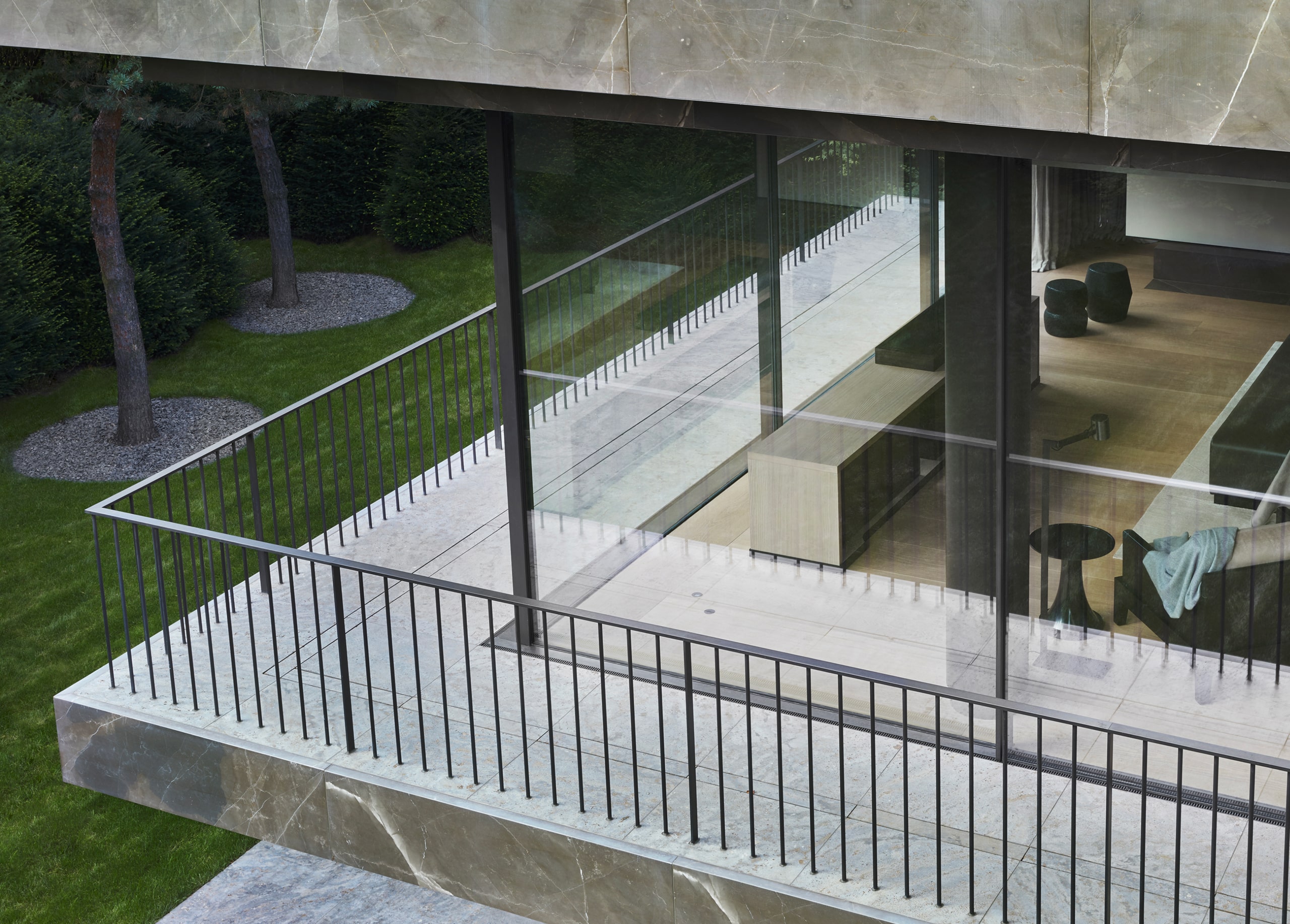
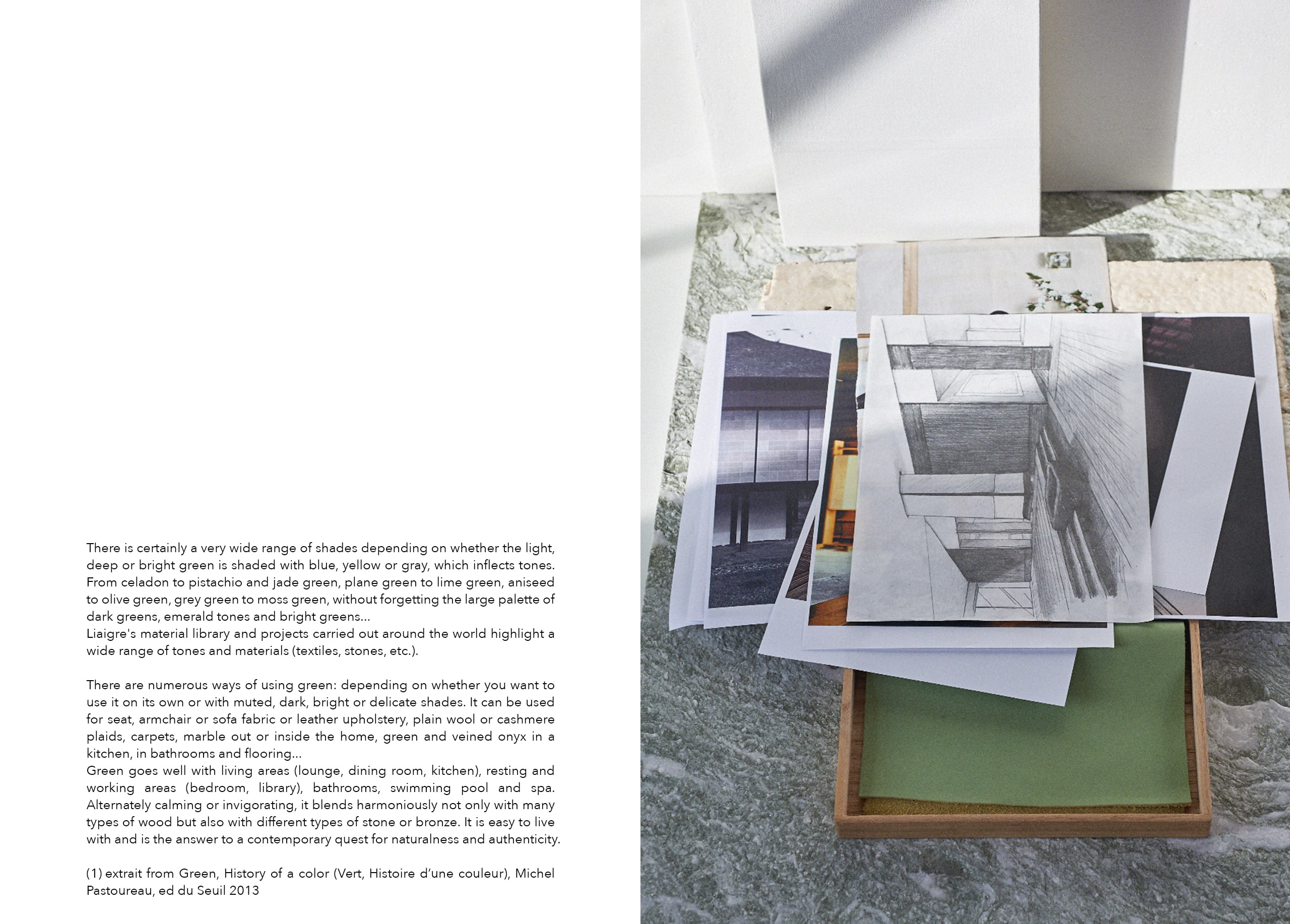
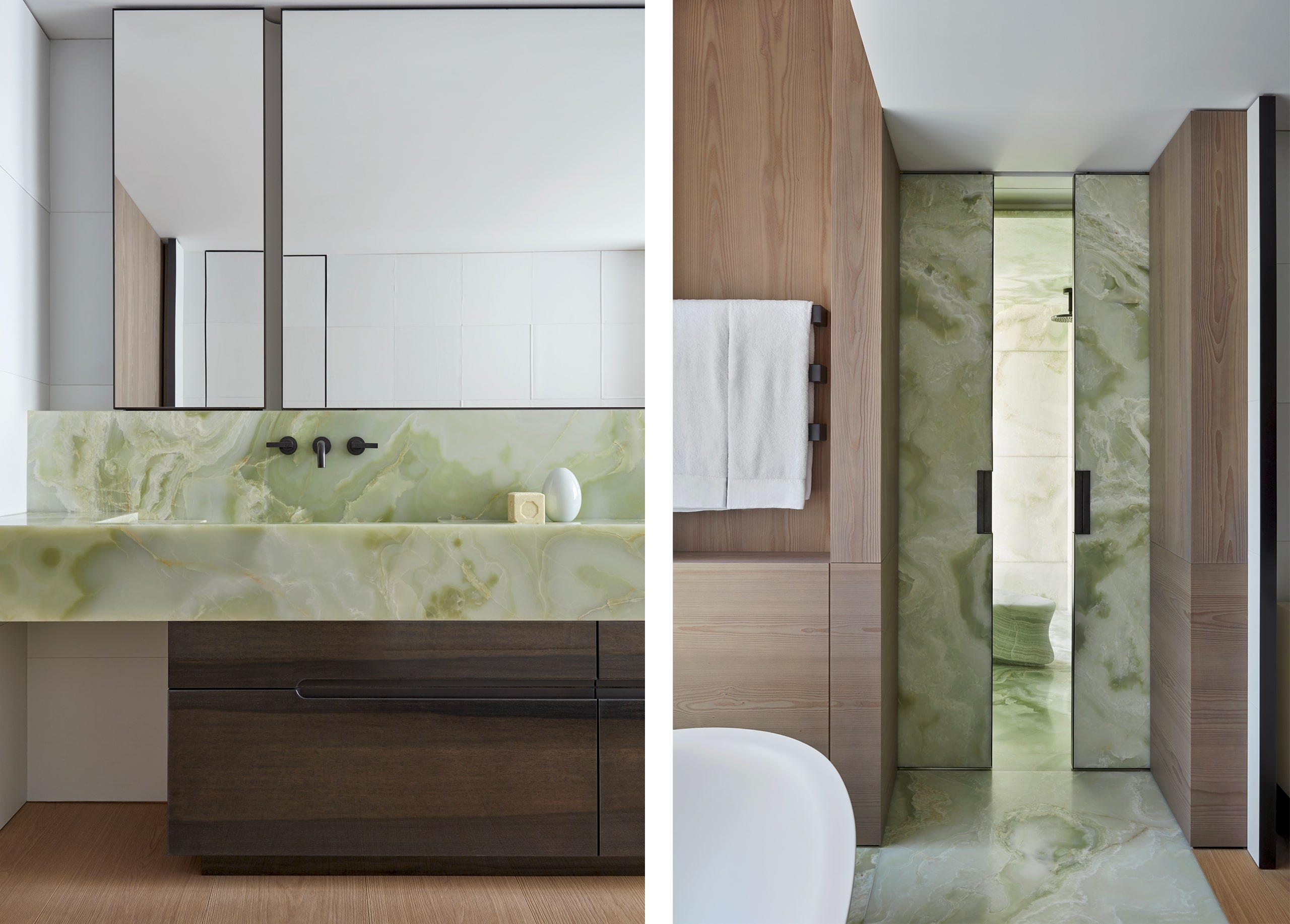
Discover other
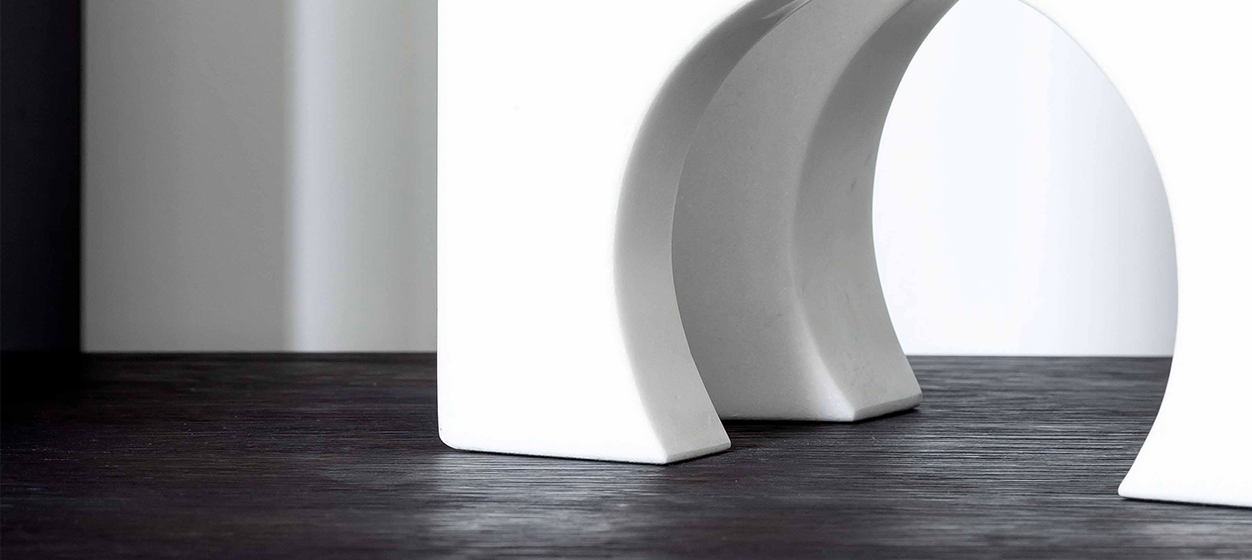
Marta Pan, sculptural thought
